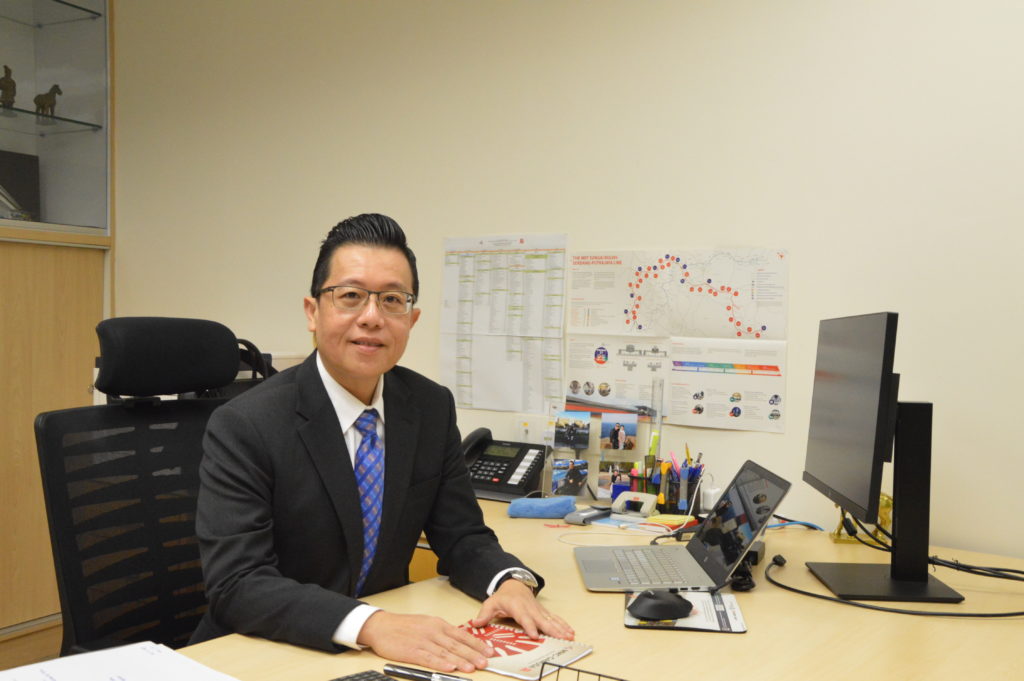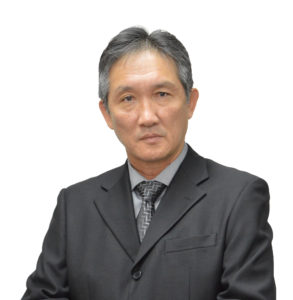Sustainability in Construction Engineering
Sustainability is an evolving part of the Gamuda culture. As our business grows, we choose to uphold and continuously advance ourselves to create more sustainable cities and communities.
We view our ability to contribute towards nation-building while meeting current and future societal demands as crucial to the growth of our business as a whole.
But of course, it all has to start somewhere from how we save electricity in our offices to implementing digital practices and down to the way we care about the people, safety and environment on-site.

“We started with the implementation of energy-efficient electrical products in our corporate offices- air-conditioning with a 3-star and above inverter. And then it trickled down to using LED for on-site lighting and site office temperature controlled at 24 degrees. Of course, in the beginning, we thought of just saving cost, but later on, we started to focus more on the energy-saving aspect of it,” explained Acting Project Director of MMC-Gamuda KVMRT (T) Sdn Bhd Goh Chee Young.
Sustainable practices were then brought into construction sites. “We recycle water for wheel washing facilities and cleaning purposes. We also make sure we only use rechargeable batteries for locomotives using transportation for tunneling works,” MMC Gamuda MRT SSP Line Deputy Construction Director Leng Hua Teng added.

“And at present, solar cells are used for noise monitoring devices and traffic equipment,” he added.
It doesn’t stop there. Understanding the fact that the construction industry alone contributes to 23% of air pollution, 50% of the climatic change, 40% of drinking water pollution, and 50% of landfill wastes, the team makes an effort to closely monitor construction wastage and schedule waste controlled and transported to authorised contractors.
“We make an effort to use construction materials designed to reduce environmental impact, mainly CO2 emission. One of the ways is to use PFA (Portland Pulverised Fuel Ash) as a substitution to reduce the usage of cement. PFA is a result from combustion of powered coal and GGPS (Ground Granulated Blastfurnance Slag) which is by-product of smelting iron ore to purify metals),” Goh explains.
“That’s right and to add on to that, we use the Concrete Re-Claimer system which is a compact system that washes, segregates and dewaters rest concrete, by releasing the sand and aggregate separately,” Leng Hua Teng noted.
The system administers perfect sand and aggregate purification effect with less than 0.5% remaining cement. Segregated materials can then be used for other purposes like backfilling.
If you look back at our journey in 2018, you’ll also see how much the industry has gone through a rapid digital transformation. So, it is no surprise that within our offices, certain processes have changed for the betterment of energy management and work processes with the use of Fieldview for work applications like drawing, inspection, approvals and more to complete a 360-construction work process.
And, we cannot end the topic on our sustainability practices without the mention of BIM (Building Information Modelling) implementation which provides intelligent 3D model-based projects to enhance work design and efficiency in the stages of construction.
As we move into 2020, we continue to uphold sustainable practices from all angles, embrace agility and innovation, and implement environmental and social resilience in everything we do. Through careful considerations, self-awareness and conscious thinking, we will further enhance the long term benefits of our projects and ensure that the projects we work on are future-ready.

